Long range shooting is a journey. Little did I know, as a young Marine recruited to Surveillance – Target Acquisition Platoon in 1986, that I would still be in this game some thirty-seven years later. That is how some journeys are. One doesn’t realize that a journey has been undertaken until time passes and you find you are traveling the same path.
The knowledge I acquired in that position was leading-edge for long range shooters of the time. My instructors and mentors were a mix of competitive shooters and military snipers. In those days the only shooters with any interest in ranges beyond short hunting ranges were of those two disciplines.
The Realization
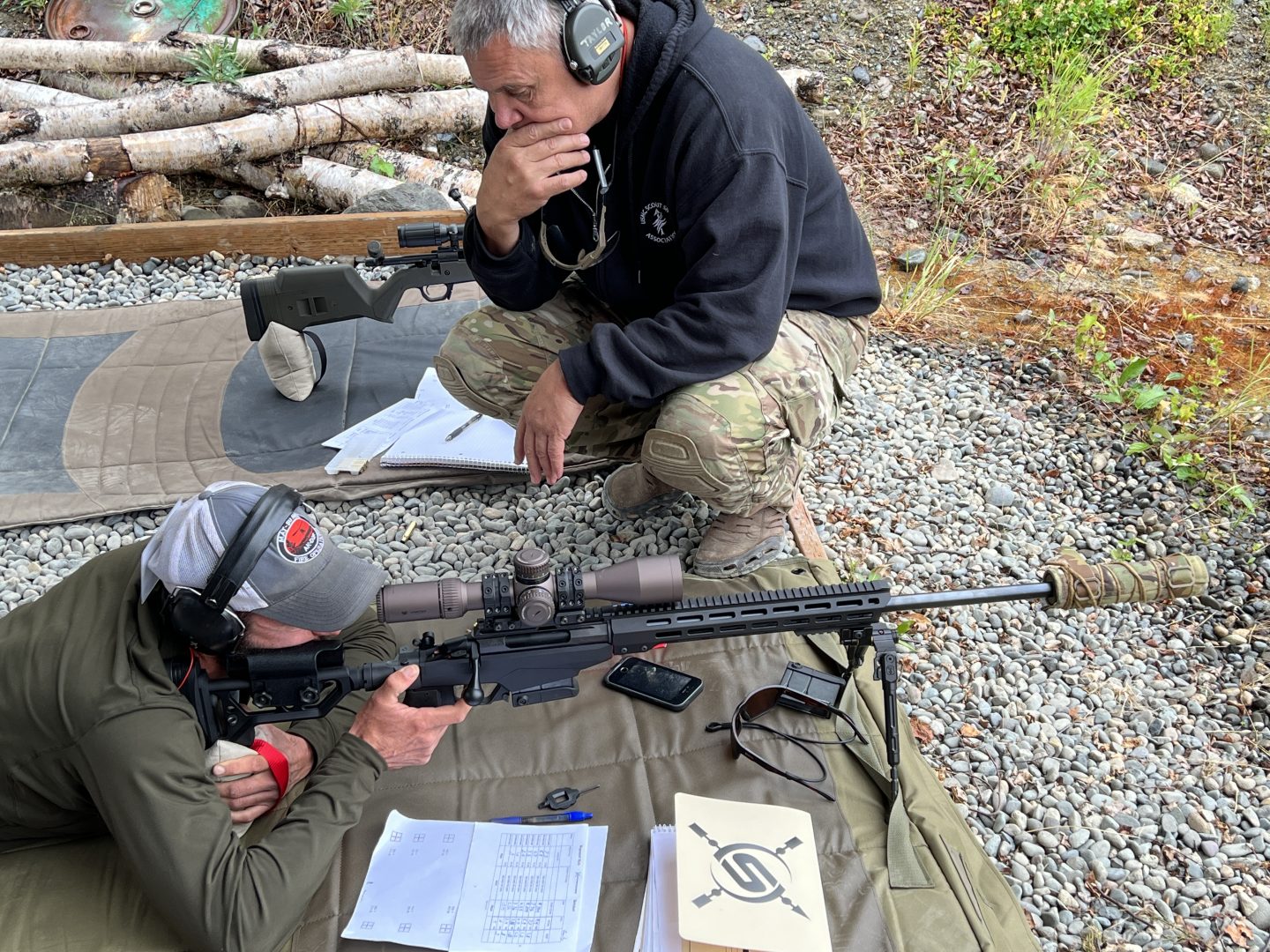
I thought I had it all figured out. The reality was I had acquired fundamentals and a small amount of knowledge, but had very little understanding of the importance of those fundamentals and had not yet built upon that knowledge. It was only an introduction to what would become decades and layers of learning..
Not until I was charged with scrutinizing students as an instructor and correcting deficiencies did I realize that those fundamentals were essential, and a full understanding could not be reached unless the fundamentals were mastered.
Every Sport has a Fundamental
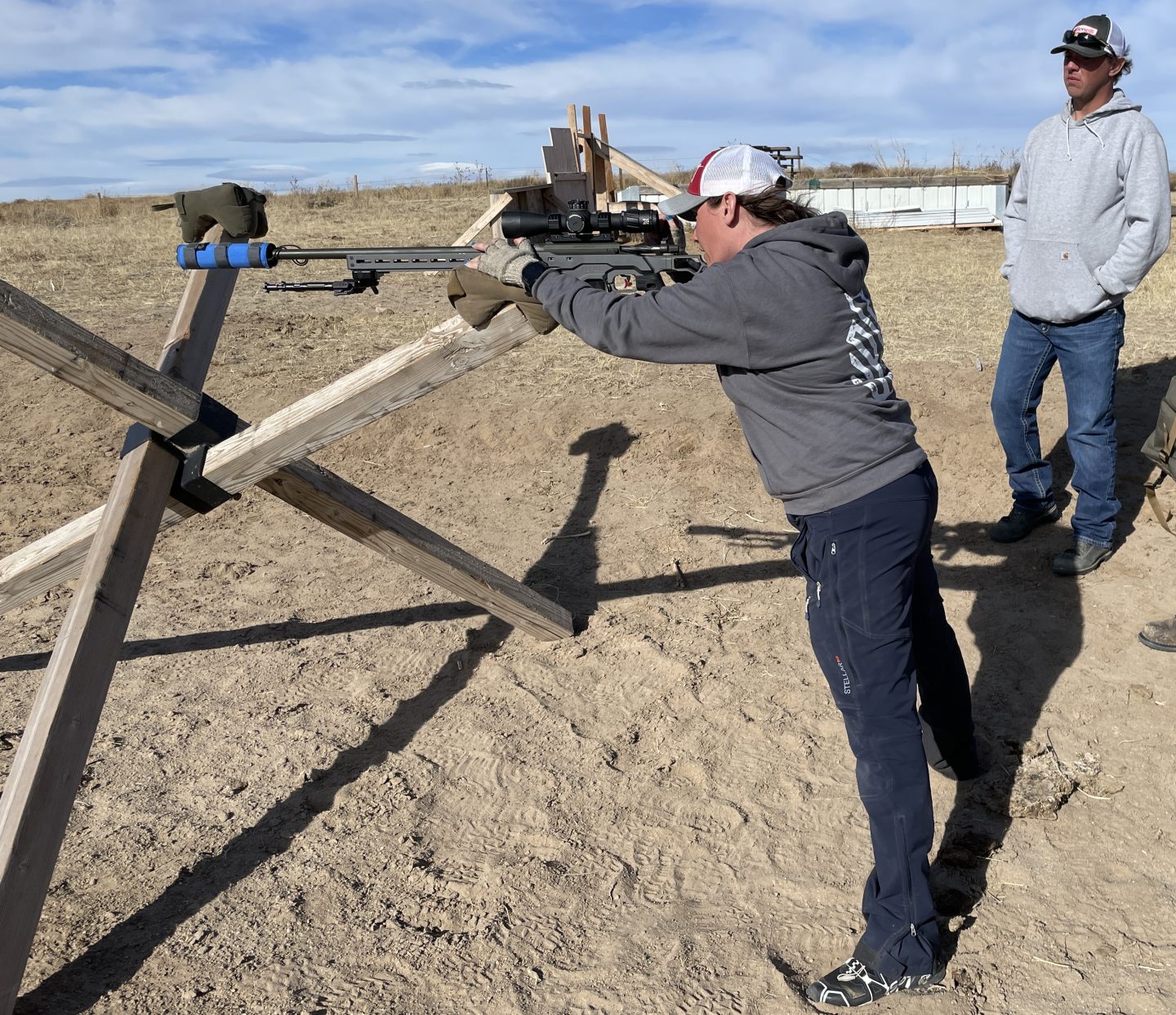
If you are reading this, you have already been introduced to one of the disciplines of long range precision rifle. The details of how you got here are not nearly as important as how willing you are to complete your journey by laying a foundation and growing your knowledge until you are predictable, repeatable, precise and accurate. This will be a process, not an event. It will take years of perfect practice and perfect repetition to become predictable and repeatable. Poured concrete requires time to solidify and become a building’s foundation. The foundation that your shooting skills will be built upon is…
The Fundamentals of Marksmanship –
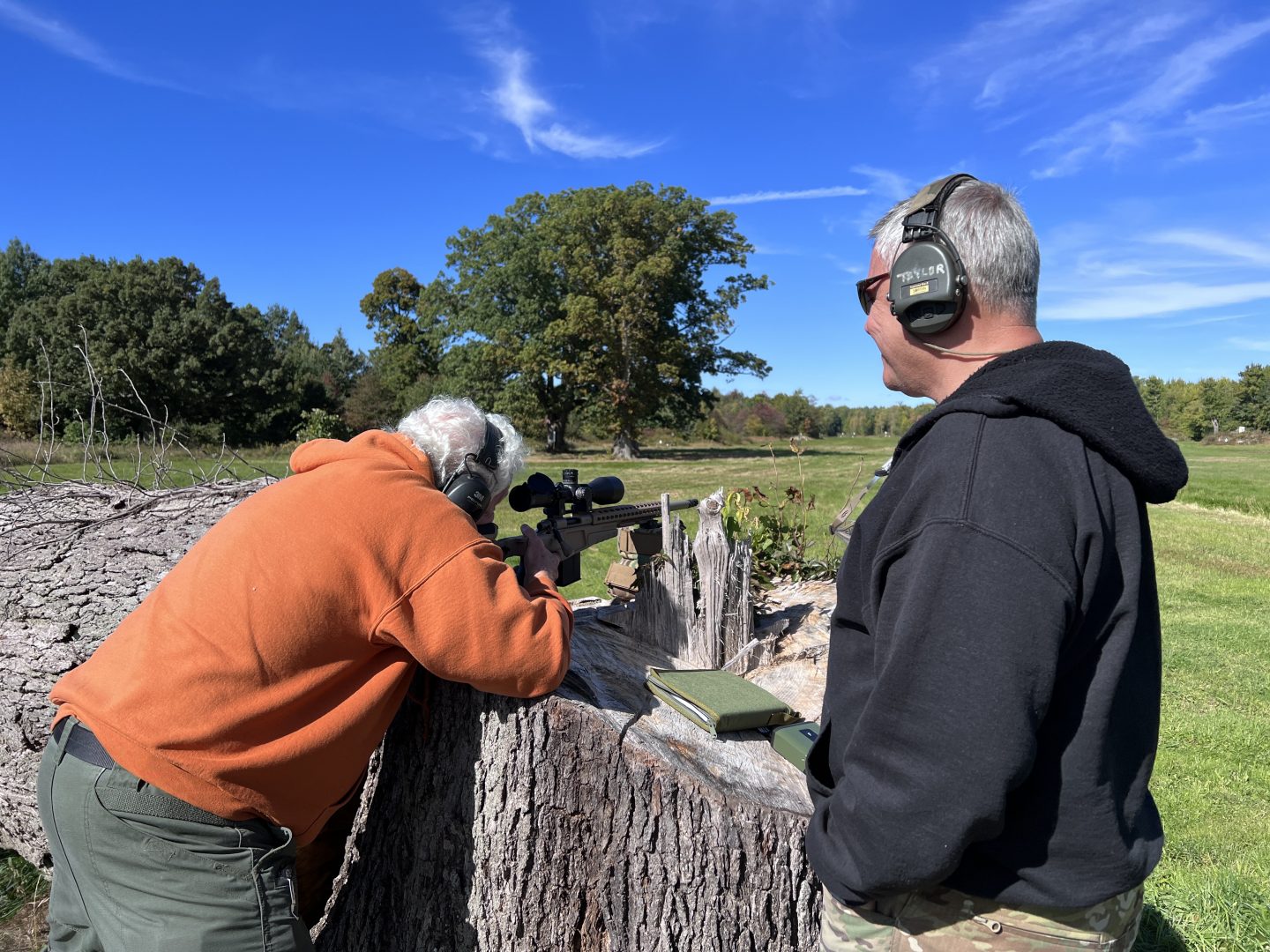
Ask yourself – How can I properly zero my rifle when I, the shooter holding and steering the aim of the rifle am not influence-free? Given quality ammunition, the shooter’s influence on a projectile’s trajectory is more profound on its impact than any other factor
No ammunition or rifle alone can make you predictable and repeatable if your inconsistent fundamentals are causing an inconsistent impact. You will blame the rifle or the ammo, but it is you steering the outcome.
The Fundamentals and The Firing Process –
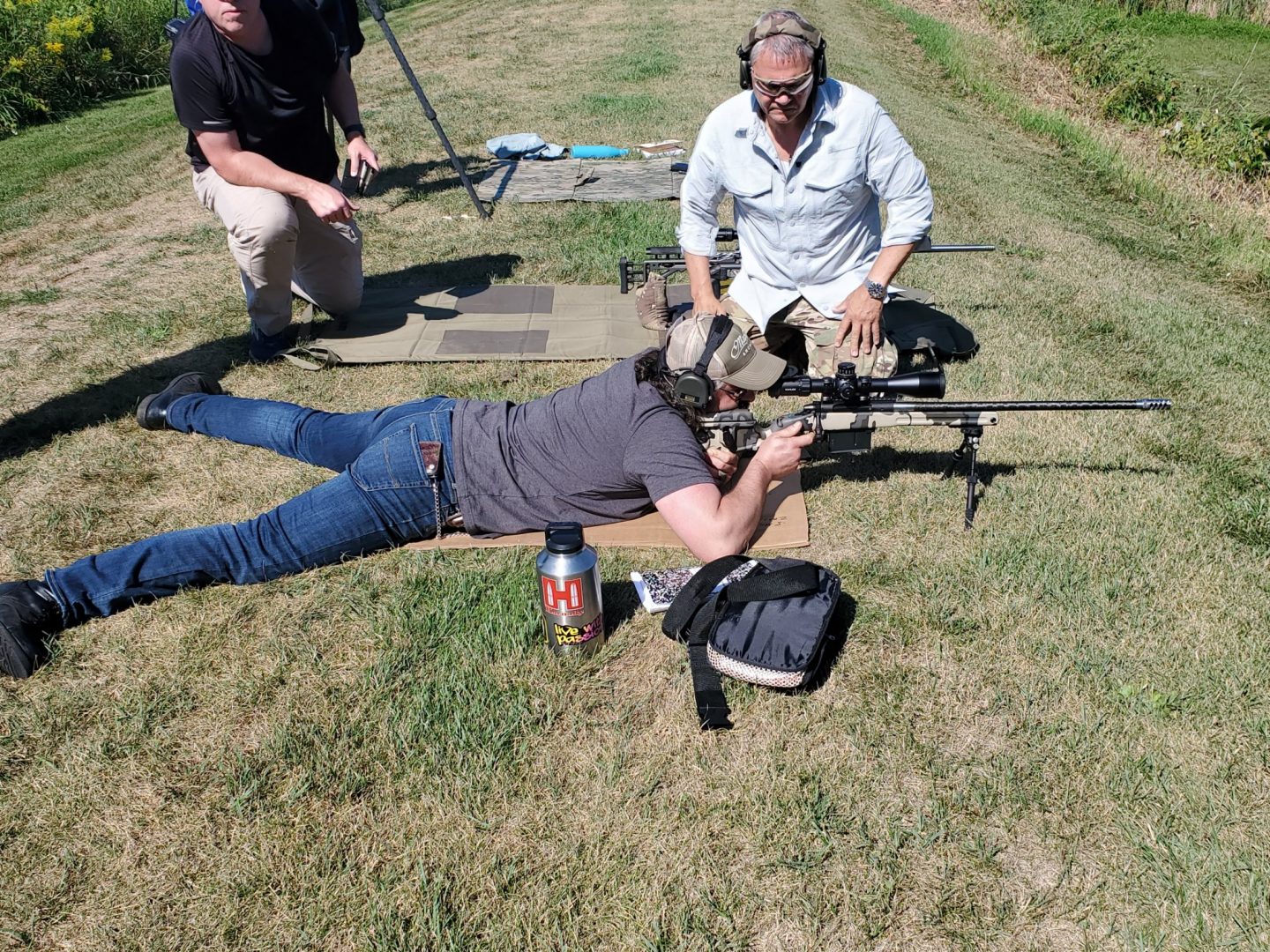
The shooter is behind and directly in line with the rifle and the rifle is supported fore, aft, and in natural alignment with the target. You dry-fire and run the bolt, yet your aiming point does not drift from the center of the target. You are not muscling the rifle; It rests naturally. You now have Natural Point of Aim.
With the firing hand, the rifle is pulled straight into the shoulder with a force equal to its full weight This nullifies recoil’s ‘head start’ and prevents the rifle from jumping into the shoulder at the shot. Your weight, at your core, is loaded into the rifle and bipod, removing any slack.
Parallax has been resolved at the range you are shooting and the reticle is seemingly ‘stuck to the target’.
The cheek rests naturally on the stock or cheek riser, aligning the eye perfectly in the center of the scope’s eye box. The edges of your sight picture are round and crisp, with no scope shadow. You are staring down your crosshair against your aiming point. You have perfect Sight Alignment / Sight picture.
You begin a breathing process that is rhythmic. You breathe in while running the bolt of the rifle and begin to slowly exhale once the bolt is closed. You time the break of the trigger to the bottom of that breathing rhythm, at the very instant that your lungs are emptied. You do not hold your breath. If the shot is not there – breathe again and start your press again. You understand Breathing and its importance to trigger control.
Press, Break, Freeze
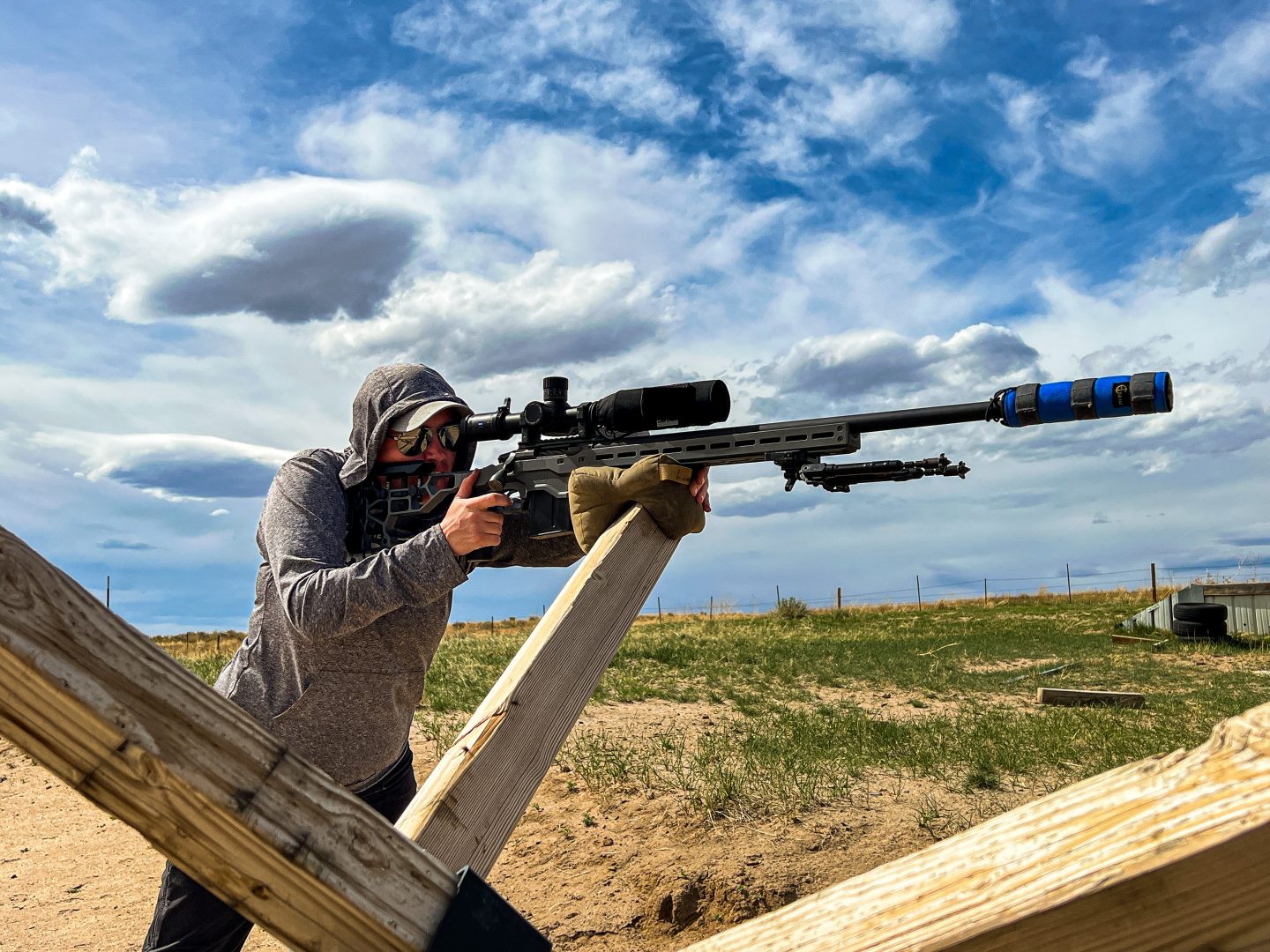
The center of the first pad of your trigger finger, coming in from ninety-degrees, is placed against the trigger and in your mind you have isolated that trigger finger from the thumb of your firing hand. It moves independently, and presses straight back to the rear, slowly, as not to disturb the sight picture during the press or at the ‘break’. You pause as it meets resistance, then press through. It breaks cleanly. You have Trigger Control
You do not press beyond the trigger’s break. You freeze at that break and the rifle fires, totally in your control. You do not anticipate the recoil, you accept it, straight back into your shoulder, and ideally the sights are still on or near the target as you see the impact. You have practiced Follow Through, which is known as the forgotten fundamental.
Many shooters disengage when they should be following through until the shot impacts. Don’t disengage. Stay in the shot until you see impact.
Now, Run the bolt decisively and marry up to the trigger to begin your follow-up shot.
Consistency is the Name of the Game
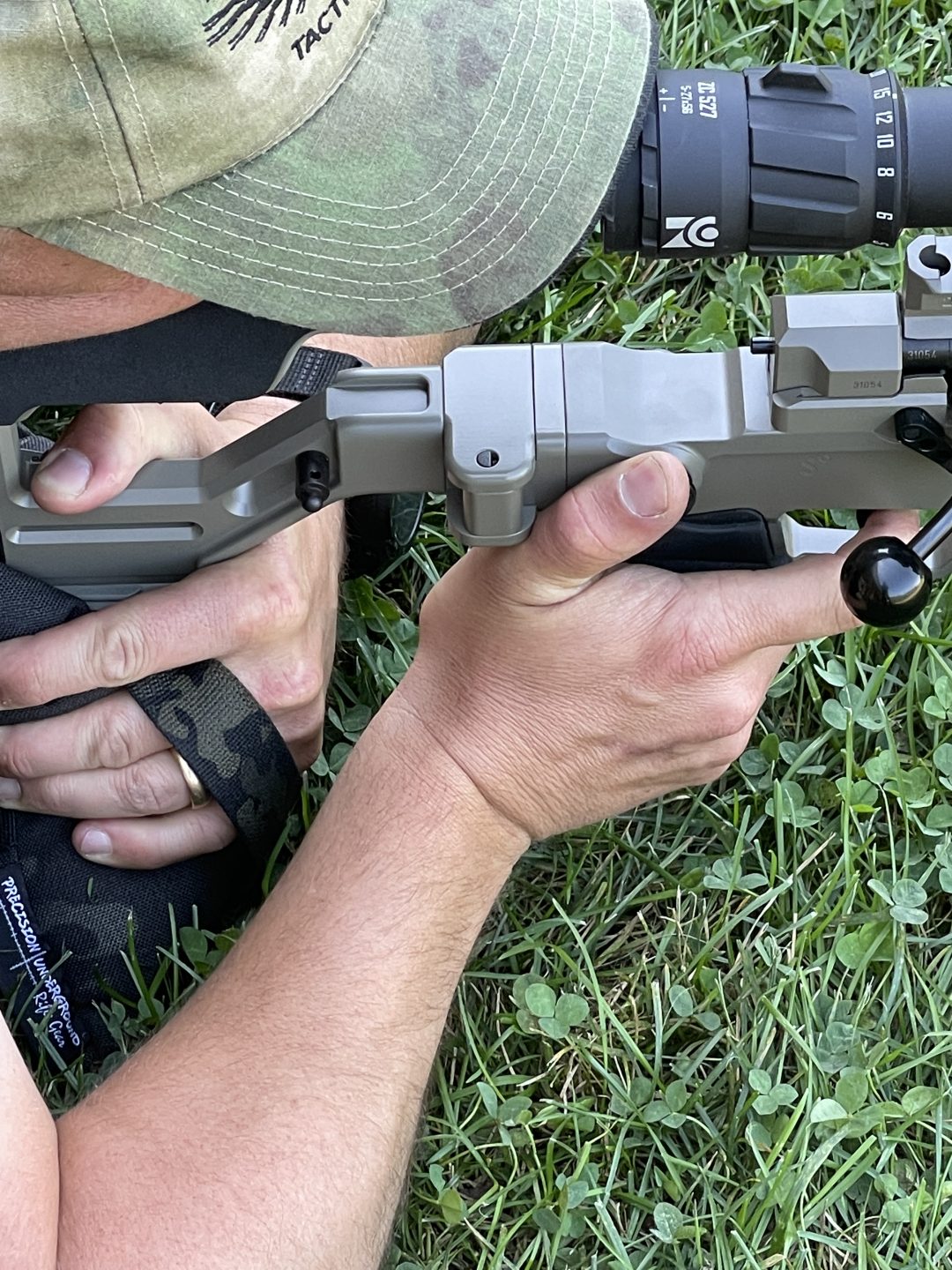
Only strict adherence to the Five fundamentals of Marksmanship, shot after shot, will remove your influence. It is not enough to be able to recite the fundamentals, you must live them during dry fire or live fire; On your belly or off your belly.
Firing Position Matters –
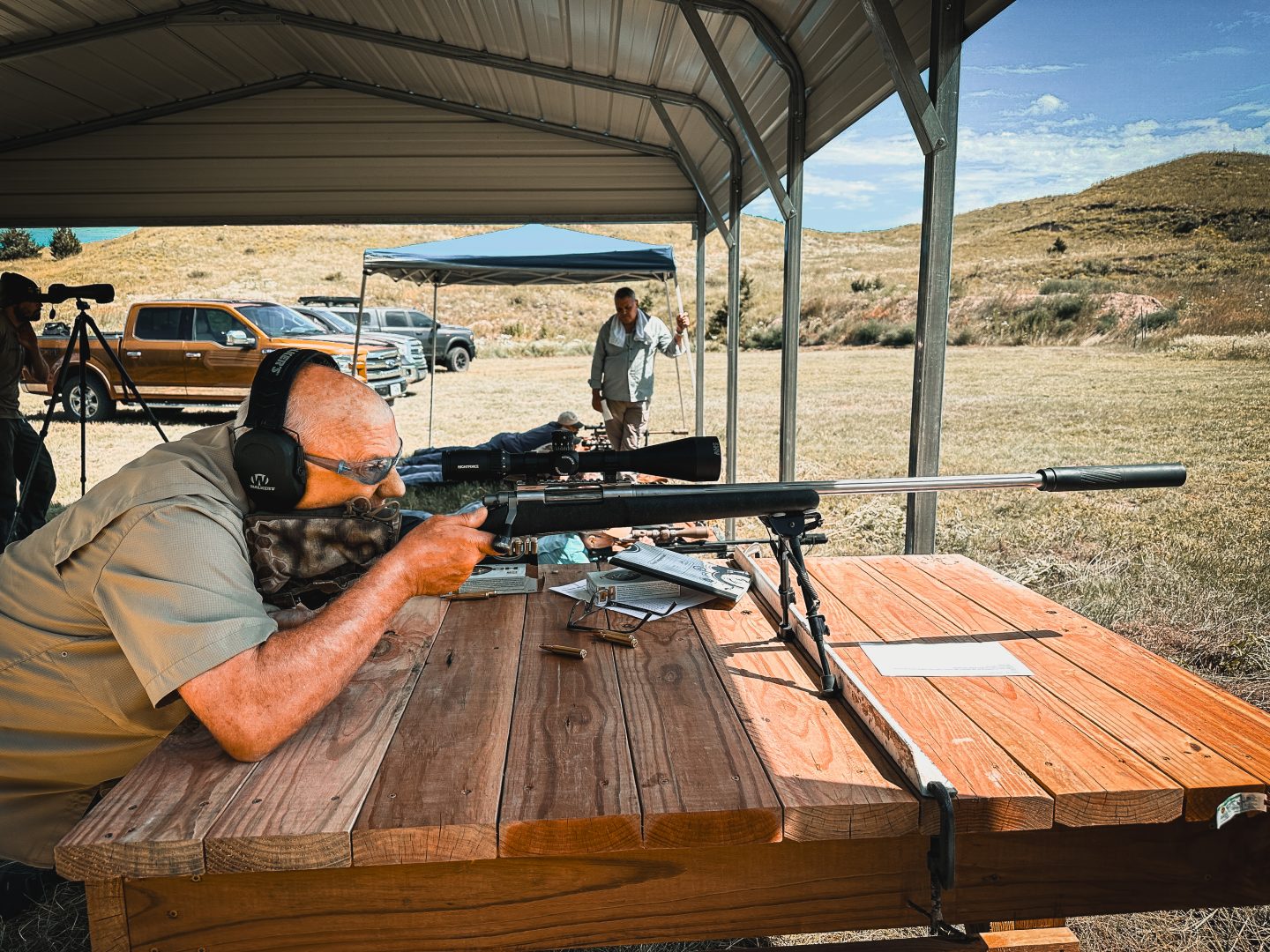
Generally, prone is the most stable and precise position because of heavy contact with the ground. The elbows are fully supported and the rifle has the support of bipod forward and rear bag aft. Recoil is accepted and dissipated by the full weight and length of the shooter’s body, squarely behind the rifle.
When in a position other than prone you are sacrificing. You are trading off stability and contact with the ground in order to take advantage of a higher shooting position that is more expedient to move into and out of. Therefore, the fundamentals you can maximize and concentrate on will become more important because of the loss of stability.
There is a compromise, for expediency, but never compromise the Fundamentals of Marksmanship regardless of position.
On a bench, seek to be square behind the rifle exactly as you would in prone, but without the contact with the ground. Hips squarely behind the shoulders and both elbows supported as they would be in prone. Feet slightly behind the shoulders and firmly planted. Firing from a square bench can be as satisfying as shooting prone and every bit as precise.
Benches that are cut out cause the shooter to blade to the rifle and not accept the recoil in a straight back manner. Recoil exploits the path of least resistance and bladed, you offer little resistance. Seek a square bench, and if you have to, build one when your range will not step up. Get solid body mass behind the rifle whenever possible and recoil will never be your enemy.
Perfect Practice Makes Perfect
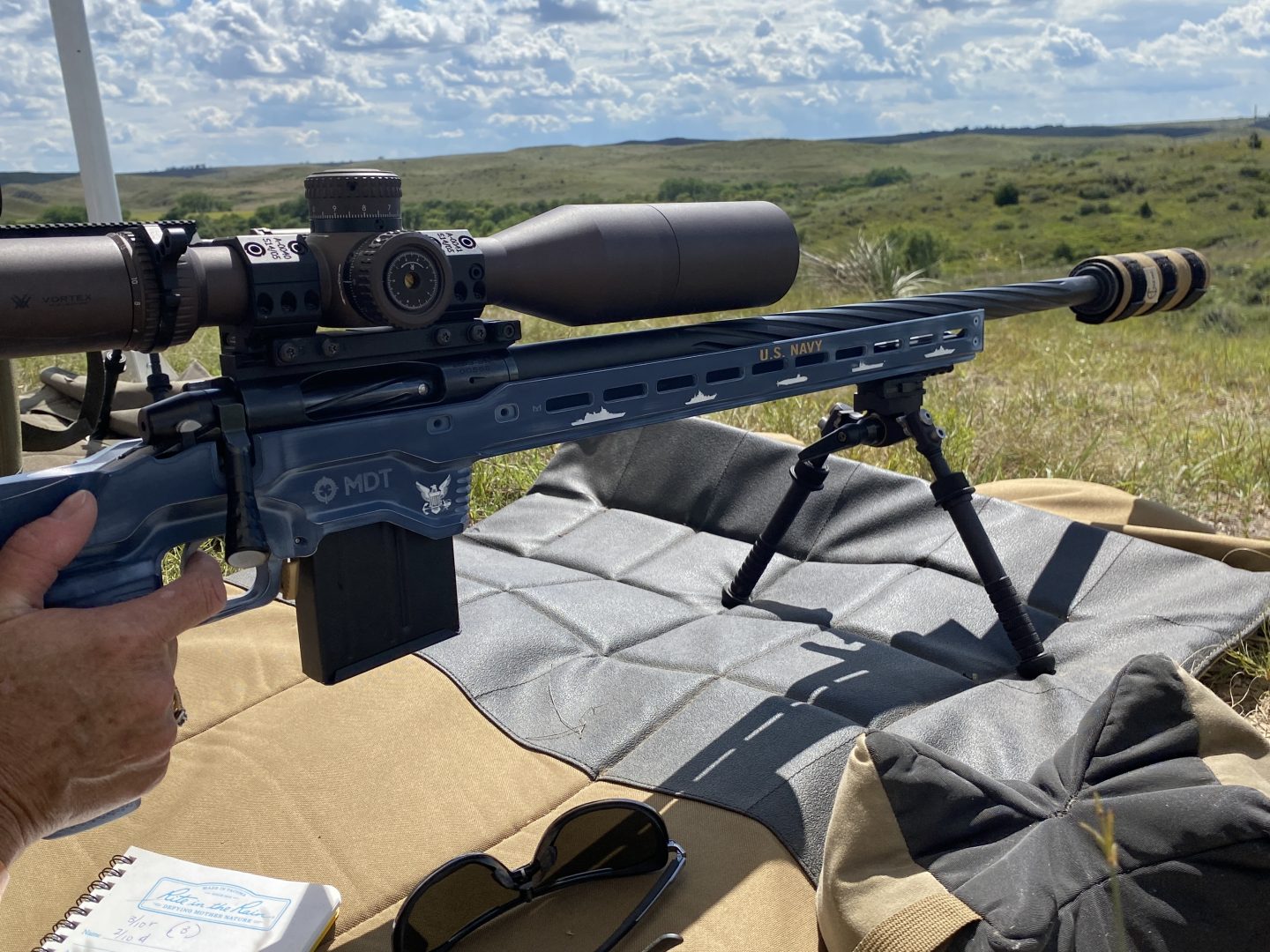
You can run, and many shooters do, but you cannot hide from the fundamentals. Every time you climb behind a rifle at a public range you are being scrutinized. You will look like you’ve had training or you will not. There are some really good but bad shooters out there, who can hit steel, but they look sloppy in doing so. A shooter demonstrating proper Fundamentals looks professional.
Don’t be that really good but bad shooter who is running from the Fundamentals of Marksmanship. Embrace them as essential to your precision long range journey.
Marc Taylor
Instructor, Sniper’s Hide Precision Rifle Course
Email: [email protected]

